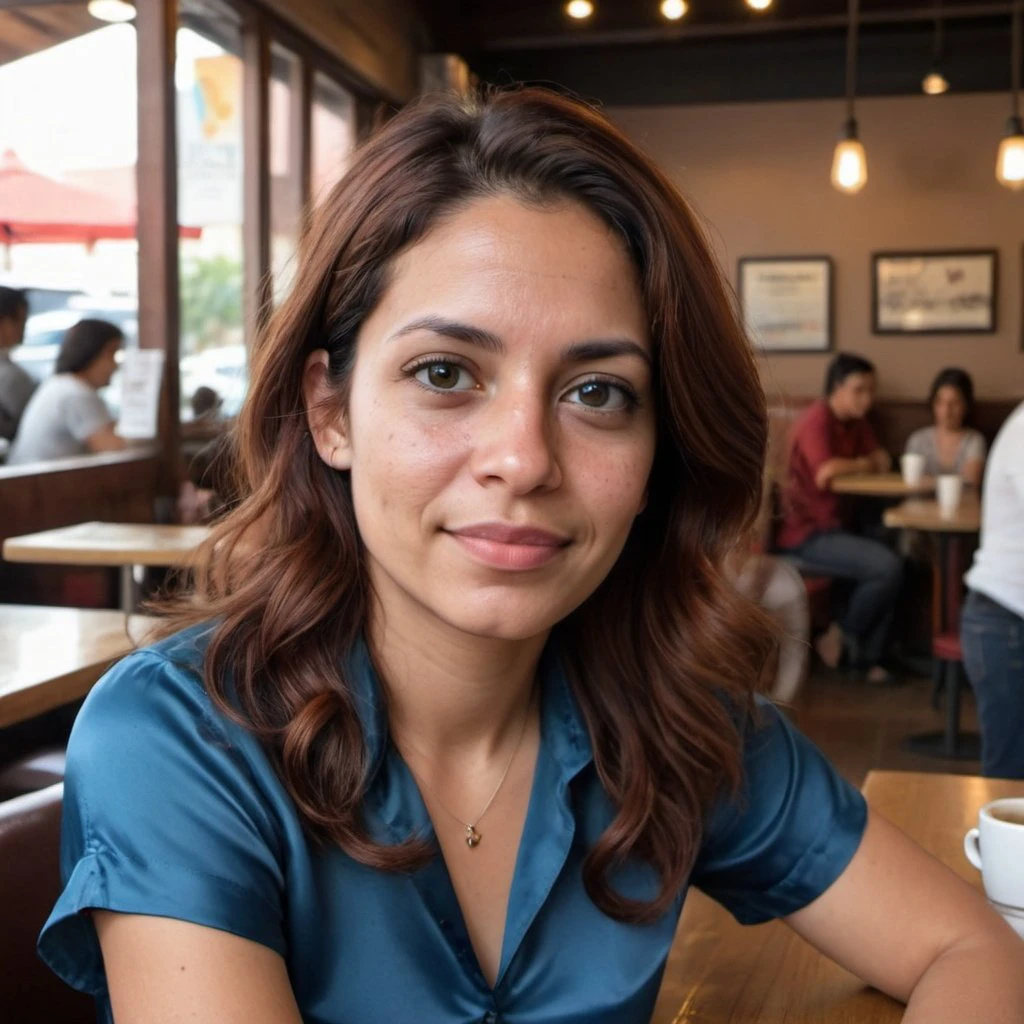Bandung, often referred to as the "Paris of Java," is a delightful city situated in West Java, celebrated for its refreshing climate, picturesque scenery, and blend of colonial and contemporary architecture.
It's a favorite destination for both locals and tourists, offering a wide range of experiences, from nature adventures to tasting local cuisine and exploring cultural landmarks.
This guide outlines the must-see attractions, cultural sites, and offers handy tips for your visit to Bandung.
For an even easier experience, get the iRoamly Indonesia travel eSIM, which has multiple plans and high speeds to ensure you’re connected as you venture around Bandung’s stunning attractions.
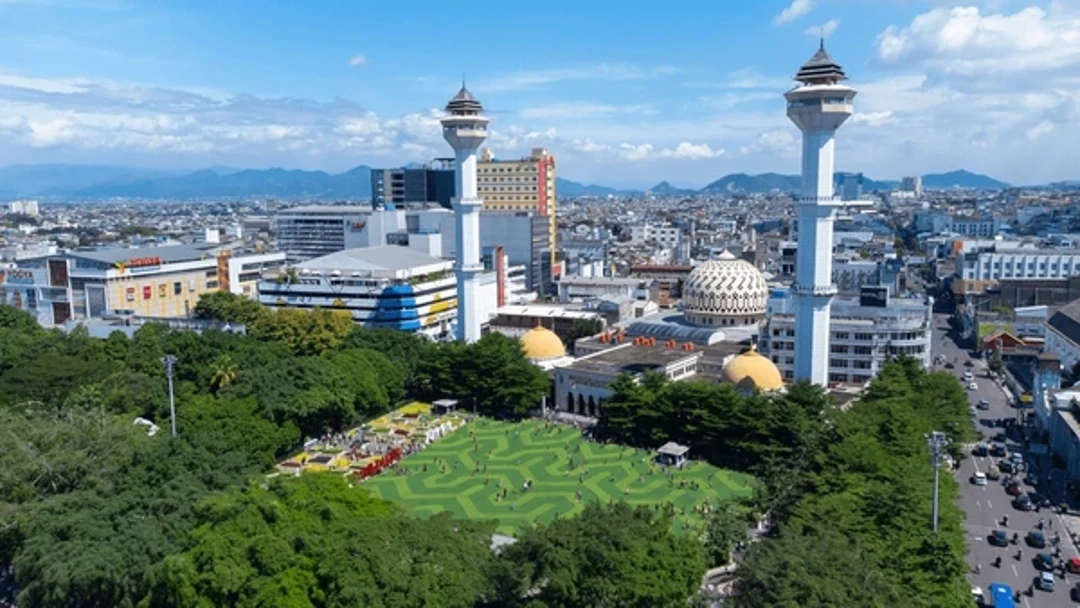
Overview of Bandung
History and Background
Bandung, the capital of West Java, boasts a rich history. Initially set up by the Dutch as a colonial administrative center in the 19th century, it has since blossomed into a vibrant city celebrated for its cool climate, historic architecture, and lively cultural scene.
Bandung's significance in Indonesia's independence movement and its stature as a trade and educational hub enrich its character and stories.
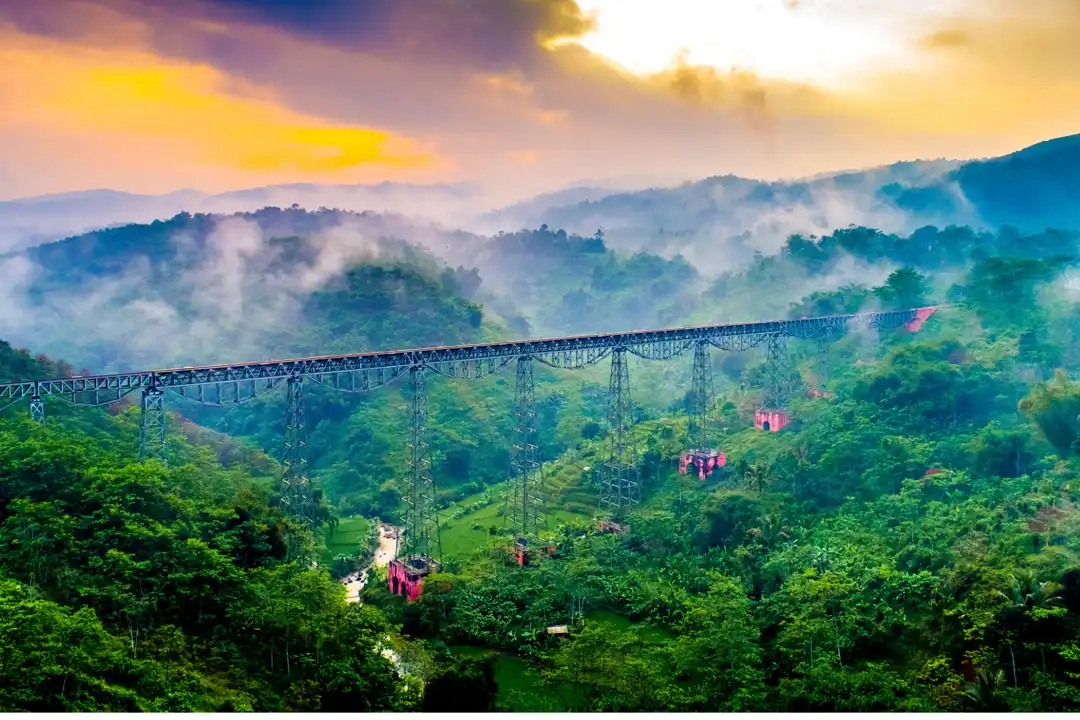
Geography and Climate
Situated about 150 kilometers (93 miles) southeast of Jakarta, Bandung lies 768 meters (2,520 feet) above sea level, surrounded by volcanic mountains. Renowned for its cool, refreshing climate, it serves as a popular retreat from the surrounding lowland heat.
With temperatures typically ranging from 18°C (64°F) to 28°C (82°F), it offers a pleasant escape for those seeking a cooler climate.
Top Attractions in Bandung
Tangkuban Perahu Volcano
Nature enthusiasts shouldn't miss Tangkuban Perahu, an active volcano just north of Bandung. Visitors can hike up to the craters, explore the sulfuric lakes, and enjoy breathtaking views of the valleys below.
The volcano is enveloped in local myths, said to have been shaped by a tragic love story.
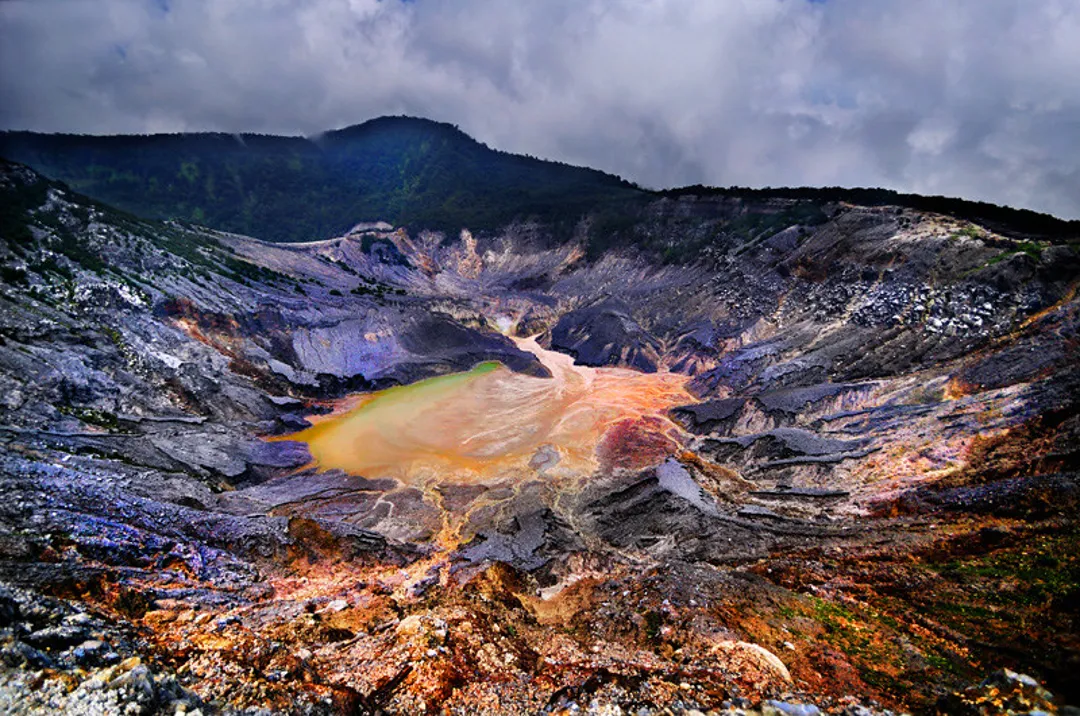
Kawah Putih (White Crater)
Kawah Putih is an exquisite sulfur lake situated about 50 kilometers south of Bandung. The magical, milky blue water of the crater, surrounded by mist and volcanic rocks, forms a dreamlike landscape that entices photographers and nature lovers.
It's among the most photographed natural wonders in the region.
Ciwidey and Pangalengan
Unwind in Ciwidey and Pangalengan, just a short drive from Bandung, known for their picturesque tea plantations, refreshing climate, and hot springs.
It's the ideal spot to relax amidst nature, sip on fresh tea, or take a rejuvenating soak in the natural hot springs.
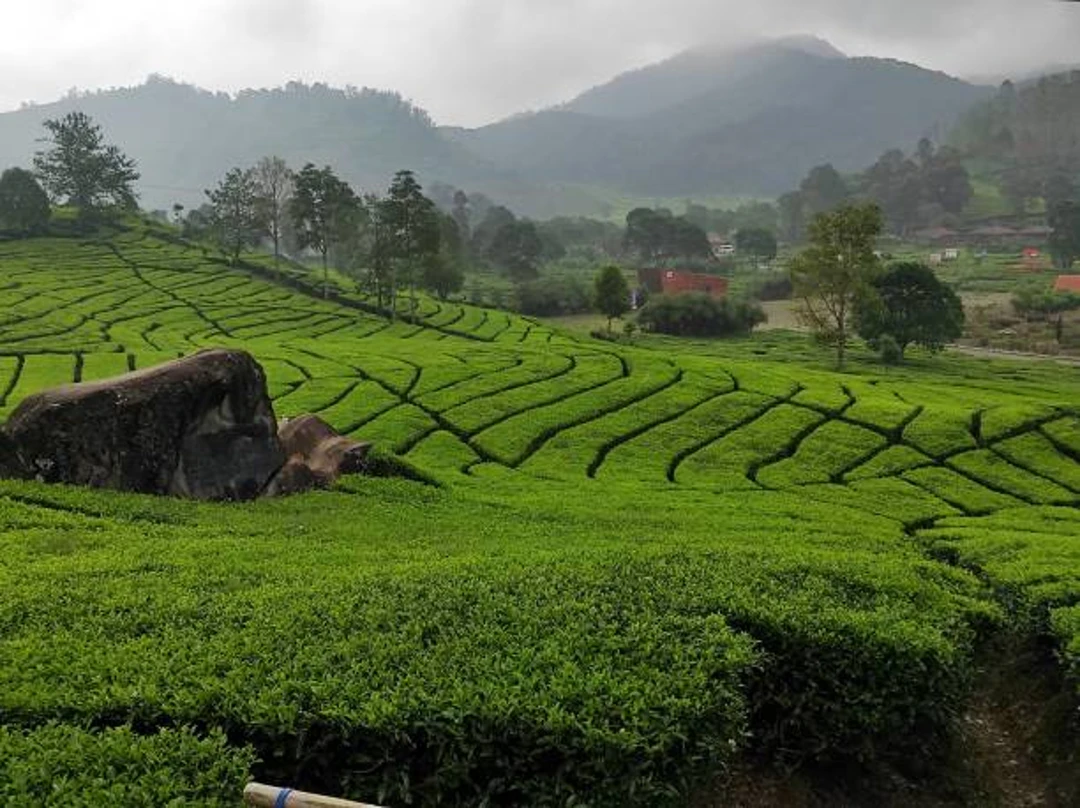
Bandung’s Colonial Architecture
A glimpse into the past is offered by Bandung’s colonial-era architecture.
The city boasts several Dutch-style buildings, such as Gedung Sate (the government building) and the Bandung Institute of Technology (ITB), one of Indonesia's premier universities.
These historical landmarks enhance the city's allure and stand in contrast to its modern advancements.
Cultural Attractions
Bandung features a rich array of cultural attractions, from traditional art galleries to performances of Sundanese music and dance.
Make sure not to miss the Museum of the Asian-African Conference, which highlights Indonesia’s pivotal role in the 1955 Bandung Conference.
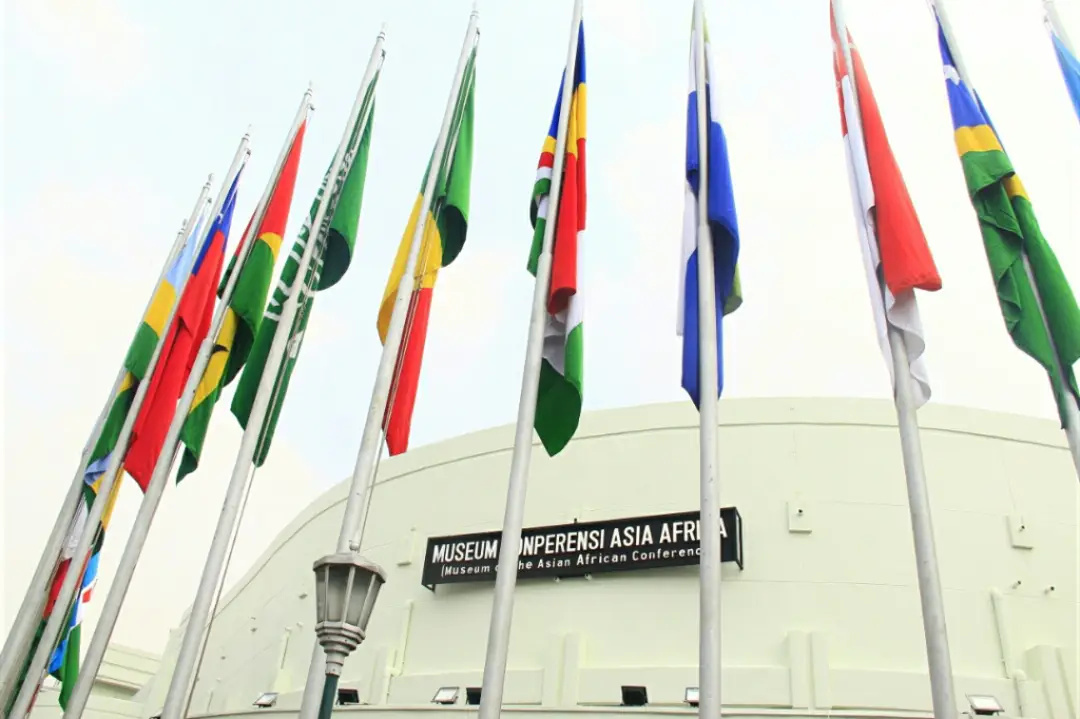
Local Cuisine of Bandung
Bandung is a paradise for food enthusiasts, offering a wide array of traditional Indonesian food and local specialties. Here are some foods you must try during your visit:
Nasi Timbel
A true Sundanese classic, nasi timbel features rice wrapped in banana leaves, often accompanied by side dishes like fried chicken, tofu, tempeh, and sambal (chili paste).
It's a delicious and flavorful meal available at many local restaurants and warungs (small eateries).
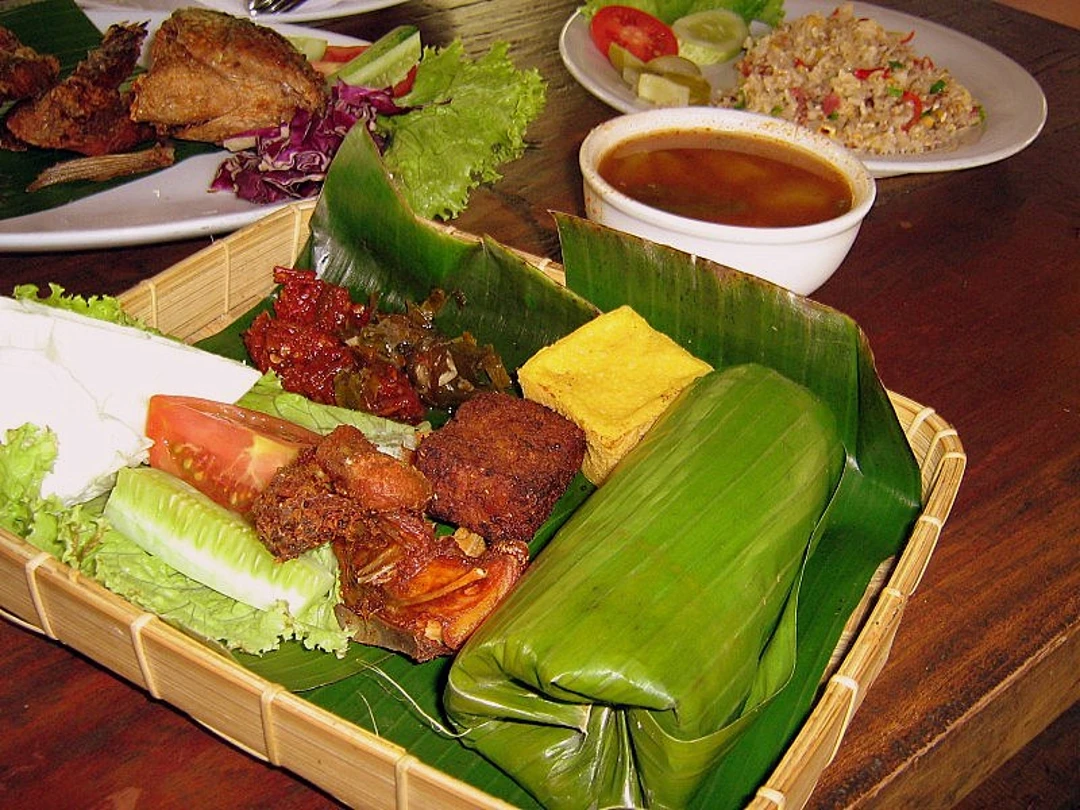
Batagor (Fried Tofu Dumplings)
This beloved street food consists of fried fish dumplings served with rich peanut sauce and savory broth. With its crispy exterior and soft, tasty filling, batagor is a favorite snack or appetizer in Bandung.
Surabi
Surabi is a traditional pancake similar dish made from rice flour and cooked on a clay stove.
Typically topped with various fillings such as chocolate, cheese, or spicy sambal, you can find surabi at local stalls or markets, particularly in the morning.
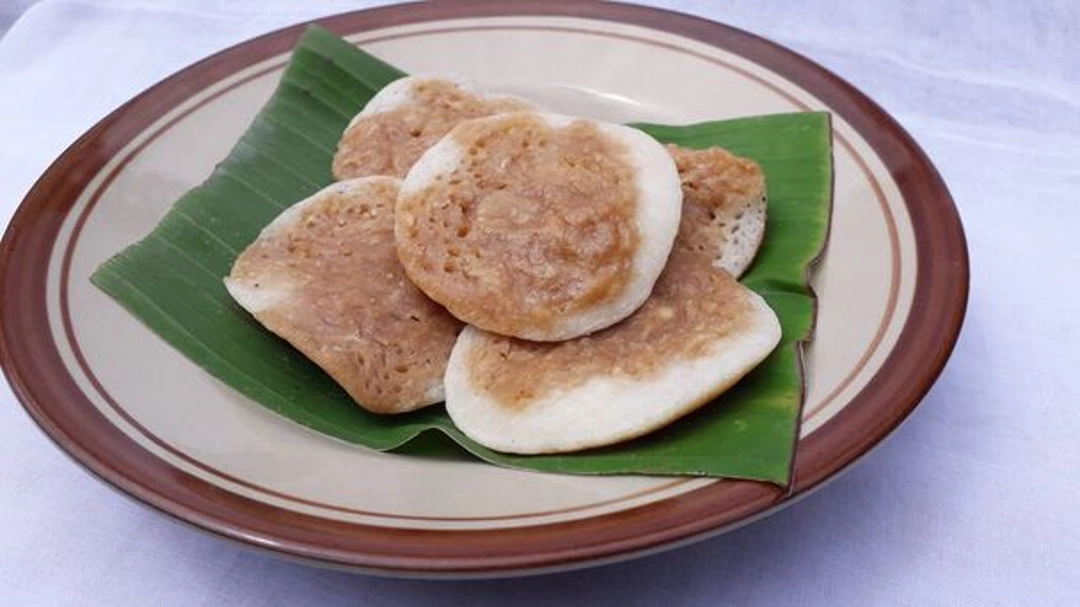
Sate Maranggi
Grilled skewers of beef or chicken, sate maranggi is served with a tangy soy-based sauce and rice cakes.
This dish is cherished by locals and available at multiple restaurants and street food stalls throughout Bandung.
Karedok
A refreshing alternative to gado-gado, karedok is a fresh vegetable salad with a rich peanut sauce dressing.
It's a healthy, invigorating dish that highlights the Sundanese culinary traditions of Bandung.
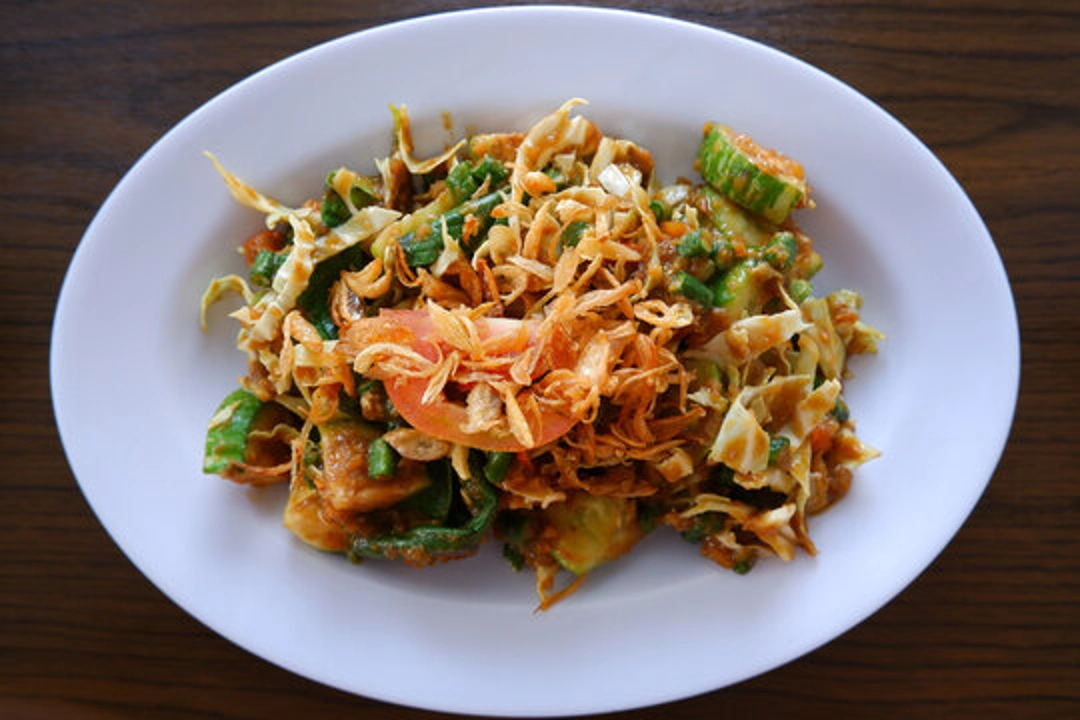
Best Time to Visit Bandung
Seasonal Considerations
The ideal time to visit Bandung is in the dry season, from April to October, when the weather is cooler and more enjoyable, perfect for sightseeing and outdoor activities like hiking or exploring the volcanoes.
Festivals and Events
Bandung features several cultural festivals throughout the year, such as the Bandung Fashion Week and local arts events with traditional Sundanese performances. Look at the local calendar to plan your visit during these vibrant celebrations.
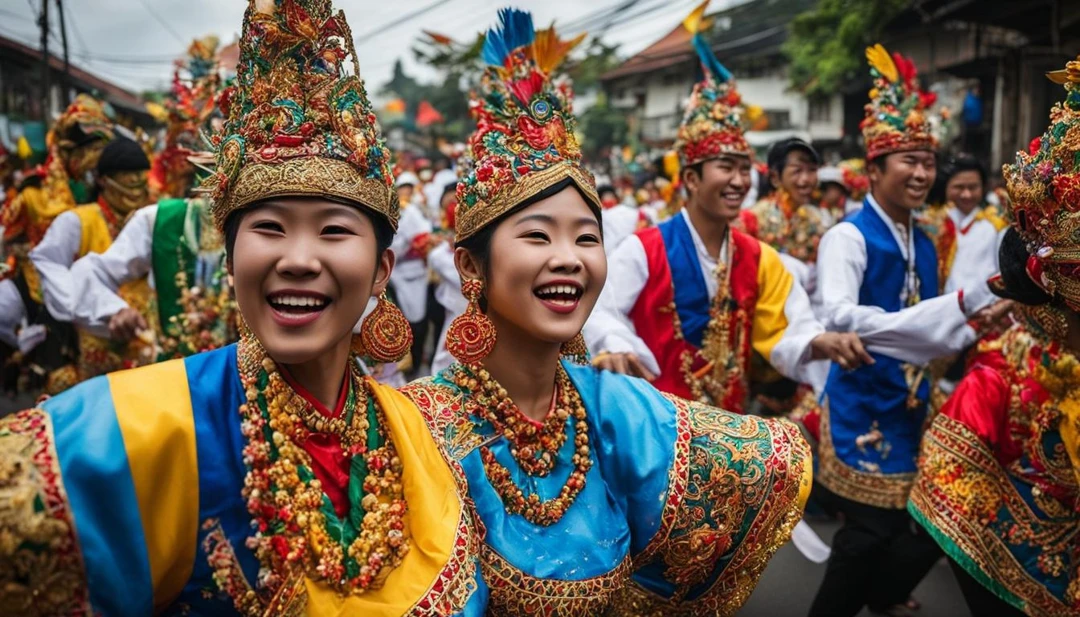
Local Etiquette and Travel Tips
Cultural Considerations
Dress modestly out of respect for local customs when visiting temples and religious sites. Additionally, in rural areas, kindly greet people with “Selamat Pagi” (Good Morning) or “Selamat Siang” (Good Afternoon).
Currency and Payments
The local currency is the Indonesian Rupiah (IDR). If you're unfamiliar with the currency in Indonesia, it's helpful to learn about it before your trip.
Credit cards are widely accepted, yet carrying cash for small purchases—especially in markets and local eateries—is wise.
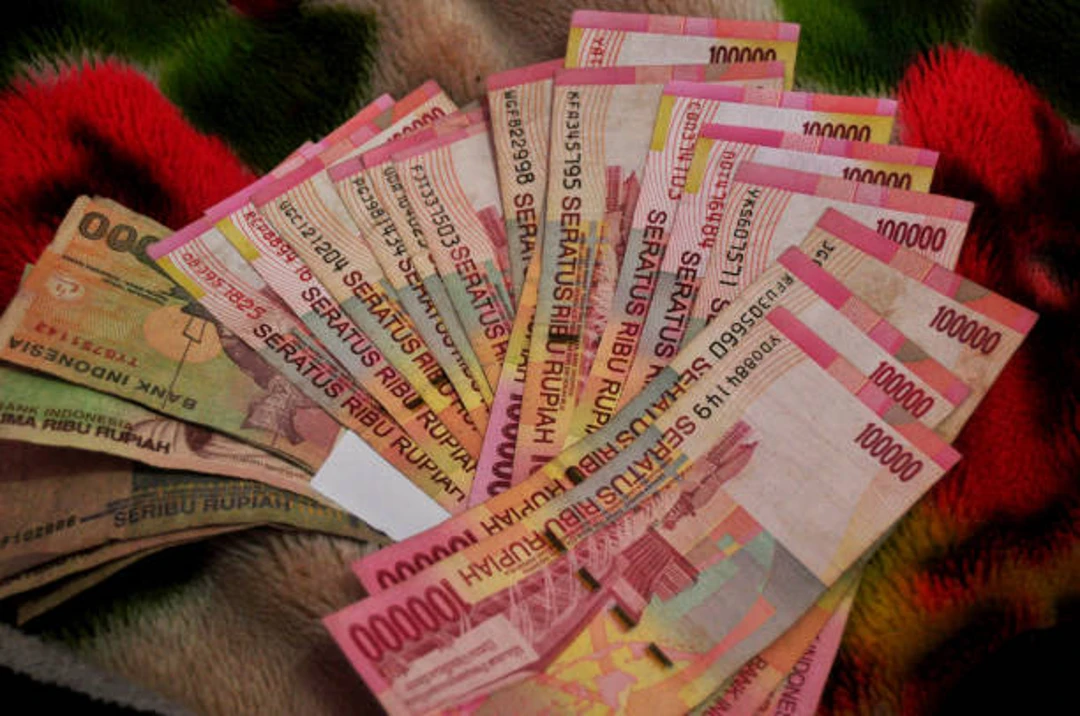
Health and Safety
Bandung is generally safe, but basic safety measures are recommended. Keep watch over your belongings and drink bottled water. If you're cautious about hygiene, take care with street food.
Conclusion
Bandung’s blend of history, culture, and nature makes it a top destination for any traveler. From vibrant festivals and local food to hidden gems, there’s always something to explore.
Pack your bags and get ready for an unforgettable adventure in this beautiful city!
